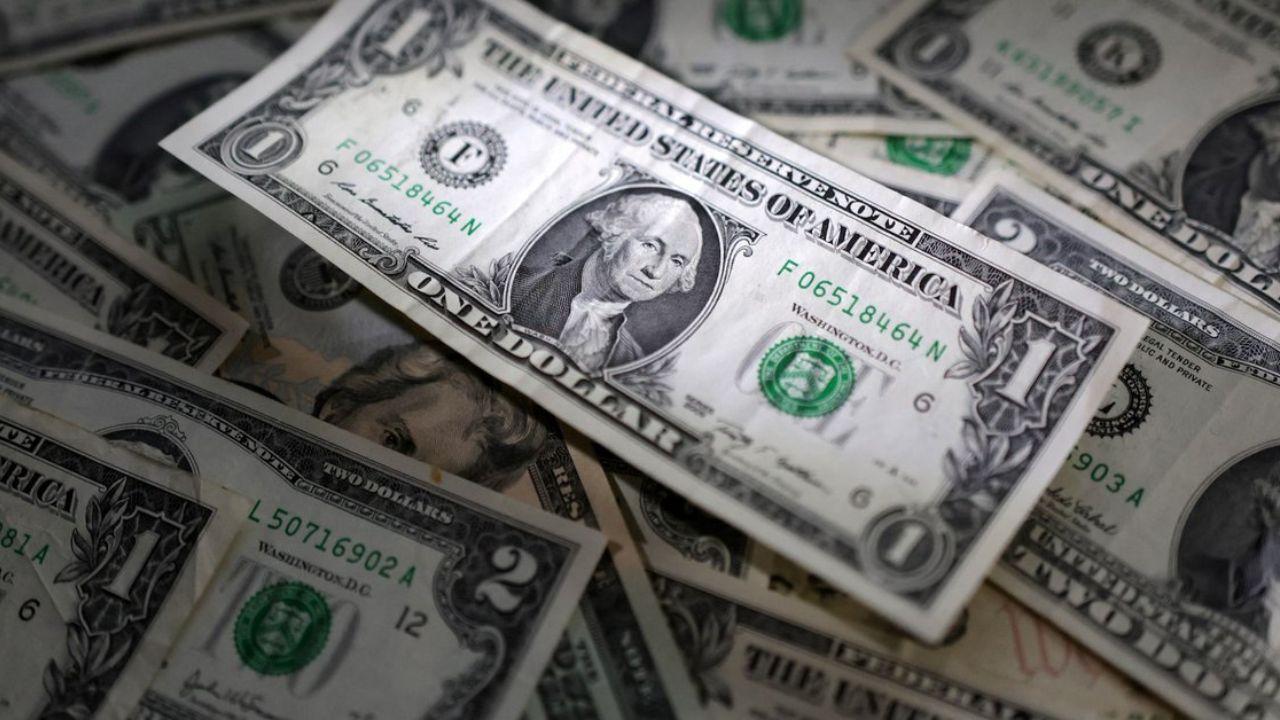
Post by : Avinab Raana
Photo : X / Gold Eagle Price
A Crisis of Confidence in the Dollar
When the April market rout sent both equities and the Dollar tumbling, analysts and investors were jolted awake. Traditionally viewed as the ultimate safe haven, the dollar was expected to soar as markets panicked. Instead, it plummeted—undermining decades of belief. Suddenly, market watchers began wondering: was the dollar ever truly a refuge in times of distress?
When Safe Haven Collapses Mid-Crisis
The April cascade was more than symbolic. As the S&P 500 fell nearly 20 percent, the dollar index dropped 8 percent—its worst first half in nearly 50 years of floating exchange rates. The simultaneous collapse of both equities and the greenback triggered a wave of hedging activity among asset managers scrambling to realign. The illusion of dollar safety was no longer tenable—and it hit performance expectations hard.
Deconstructing 2008: Carry Trades, Not Safety
The dollar’s celebrated rise in 2008 has long been credited to its safe-haven status despite the U.S. being the epicenter of the financial quake. But a careful reconsideration suggests a different driver: carry trades. Back then, investors had borrowed cheaply in dollars and invested elsewhere. As the crisis erupted, those trades unwound at scale. The capital that flooded back to the U.S.—along with massive dollar-buying by domestic holders—accounted for the dollar’s strength, not external demand seeking safety.
High Rates Flip the Script
Today, the carry-trade dynamic has reversed. With U.S. interest rates elevated relative to Europe, Japan, and China, the Dollar is more often the target rather than the funding currency. In practical terms, investors no longer borrow dollars cheaply to chase higher yields elsewhere; instead, the dollar now often serves as the funding leg. That structural shift undermines the narrative that the dollar automatically rallies in crises.
Hedging Costs Bite, Confidence Falters
If the dollar’s virtues are vaporizing, the implications are painful. Insurance through currency hedging is now expensive, and investors face a dilemma: absorb cost-heavy hedges, or rethink their exposure to U.S. markets altogether. The breakdown in confidence could trigger a persistent selling of the dollar, reinforcing its decline in a cycle with no clear reversal.
The Cost of U.S. Domestic Policies
To complicate matters, monetary and fiscal policy choices in Washington—like high deficits, aggressive tariff strategies, and political pressure on central bank autonomy—have chipped away at faith in the currency. If investors no longer trust the Dollar as a stable anchor, then even giant global portfolios may shrink exposure, sparking broader shifts in capital flows.
A Self-Reinforcing Downward Spiral
This isn’t just theoretical. Analysts warn of a self-perpetuating cycle: poor sentiment drives hedging, hedging drives demand down, low demand dents sentiment further. The result? A dollar sinkhole where even traditionally conservative institutions—pension funds, insurers, sovereign reserves—begin peeling off exposure, turning balance sheets fragile.
What Happens If the Illusion Shatters?
If investors accept that the dollar isn’t a safe harbor, the financial map could realign. Reserves might diversify toward euros, yen, or even new digital currencies. U.S. equities could lose their premium based on perceived structural advantages. And policymakers would face a daunting challenge—restoring credibility to a currency that once seemed unassailable.
Is It Time for a New Narrative?
Investors and policymakers alike must reassess their assumptions. If Safe Haven status was built more on perception than structural reality, rebuilding confidence would require transparency, fiscal discipline, and stable monetary stewardship. It’s not just about economic fundamentals—it’s about faith in financial systems.
The Dollar in an Era of Skepticism
The April shock has peeled back layers of mythology. If Carry Trades, not safety, fueled historical dollar rallies, then future crises may not feature the dollar as a lifeboat. Instead, we might see more fragmented capital flows, higher volatility, and a reevaluation of what constitutes global anchors in times of peril.
Mirage or Wake-Up Call?
The dollar’s slide in April wasn’t just a market event—it was a collective awakening. The myth of an invincible safe-haven currency has been cracked, and the world is watching. Will the dollar rediscover its footing? Or will this be the turning point where global finance transitions into a more complex, multipolar reality—one where no single currency commands unquestioned trust?
Dollar, Safe Haven, Carry Trades
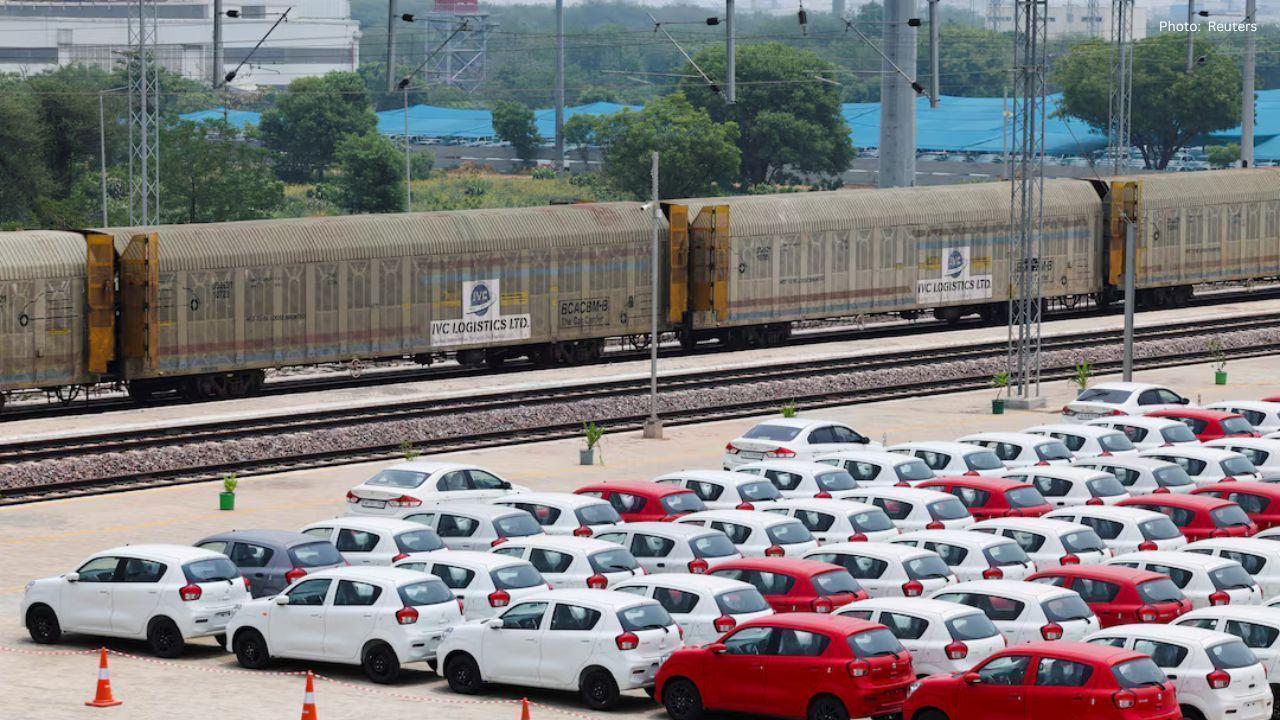
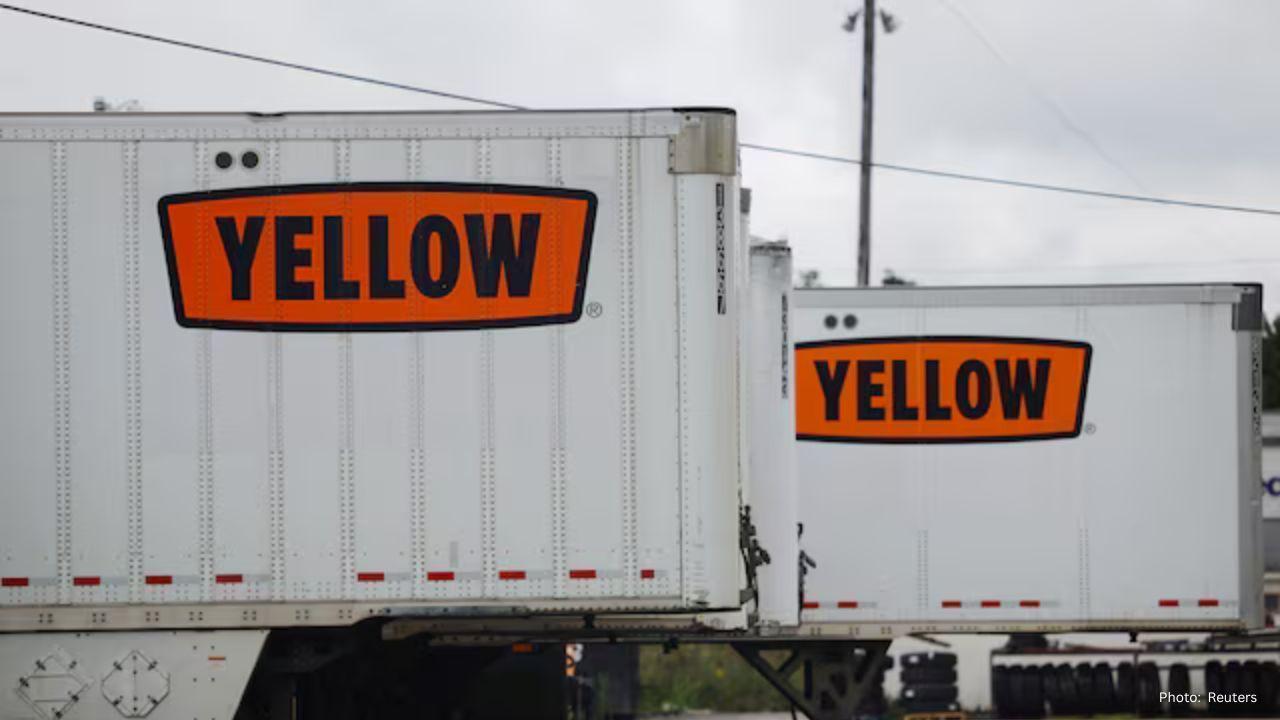
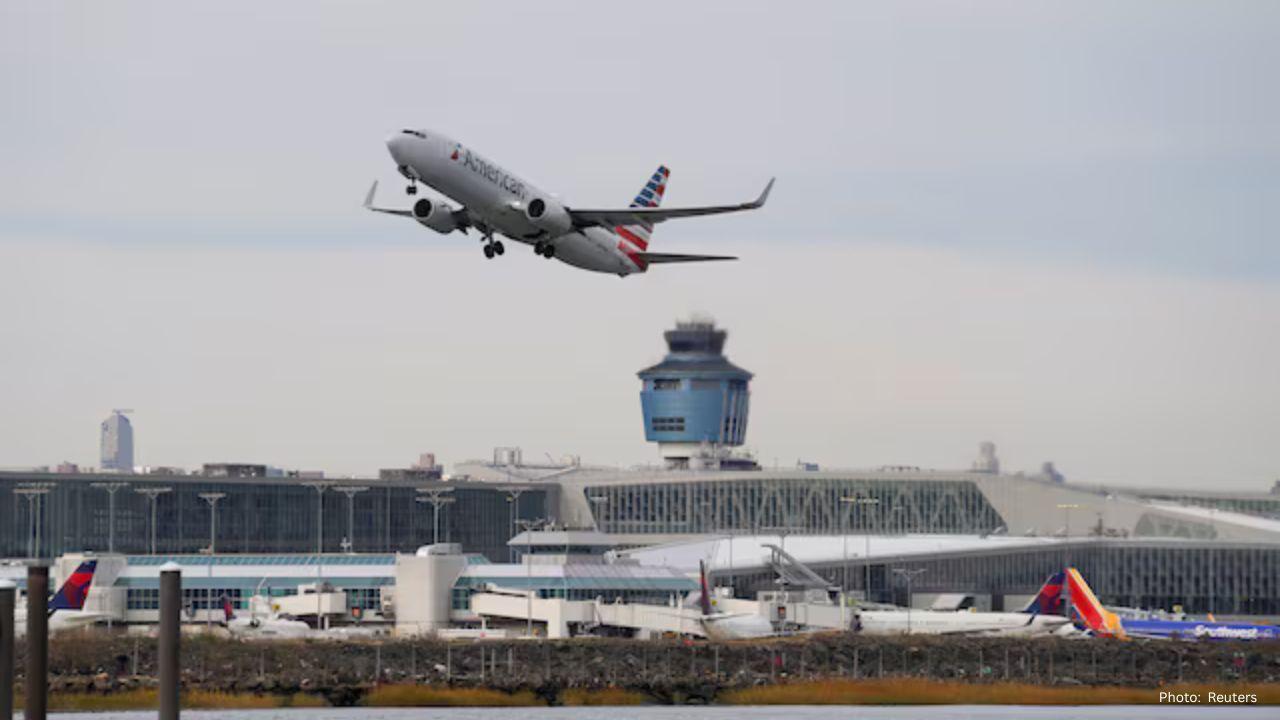







Advances in Aerospace Technology and Commercial Aviation Recovery
Insights into breakthrough aerospace technologies and commercial aviation’s recovery amid 2025 chall
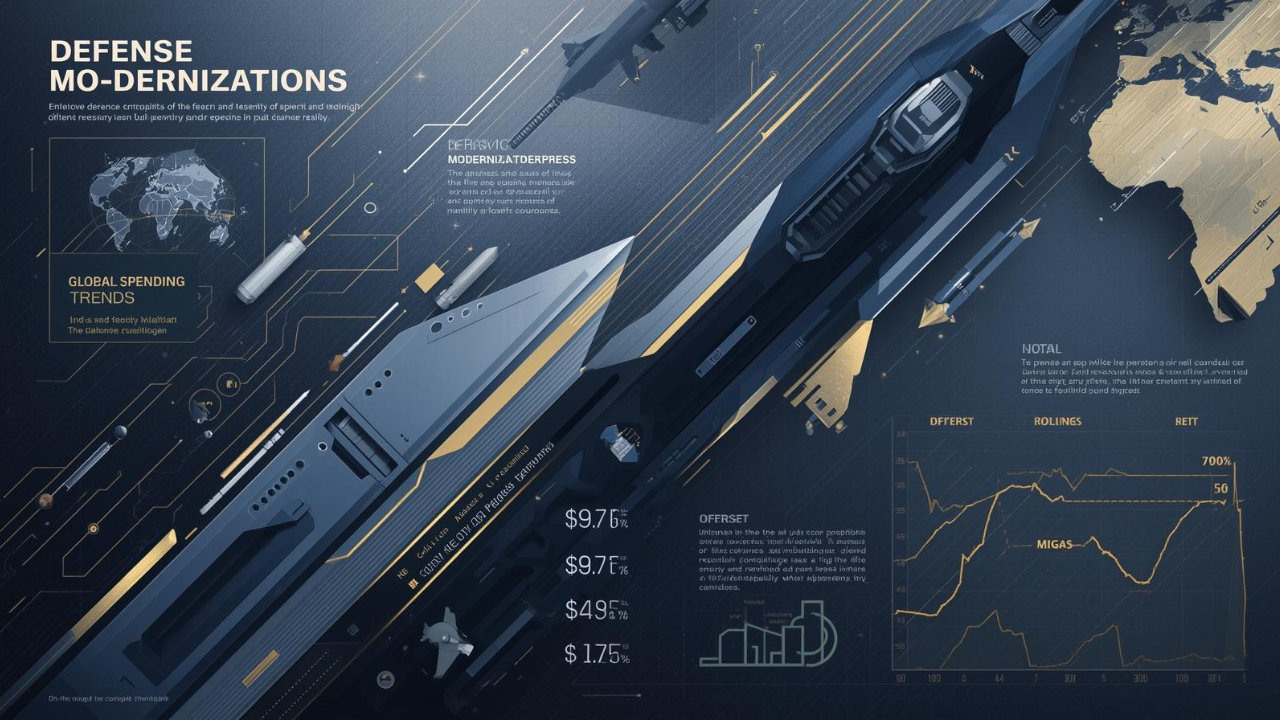
Defense Modernization and Strategic Spending Trends
Explore key trends in global defense modernization and strategic military spending shaping 2025 secu

Tens of Thousands Protest in Serbia on Anniversary of Deadly Roof Collapse
Tens of thousands in Novi Sad mark a year since a deadly station roof collapse that killed 16, prote

Canada PM Carney Apologizes to Trump Over Controversial Reagan Anti-Tariff Ad
Canadian PM Mark Carney apologized to President Trump over an Ontario anti-tariff ad quoting Reagan,
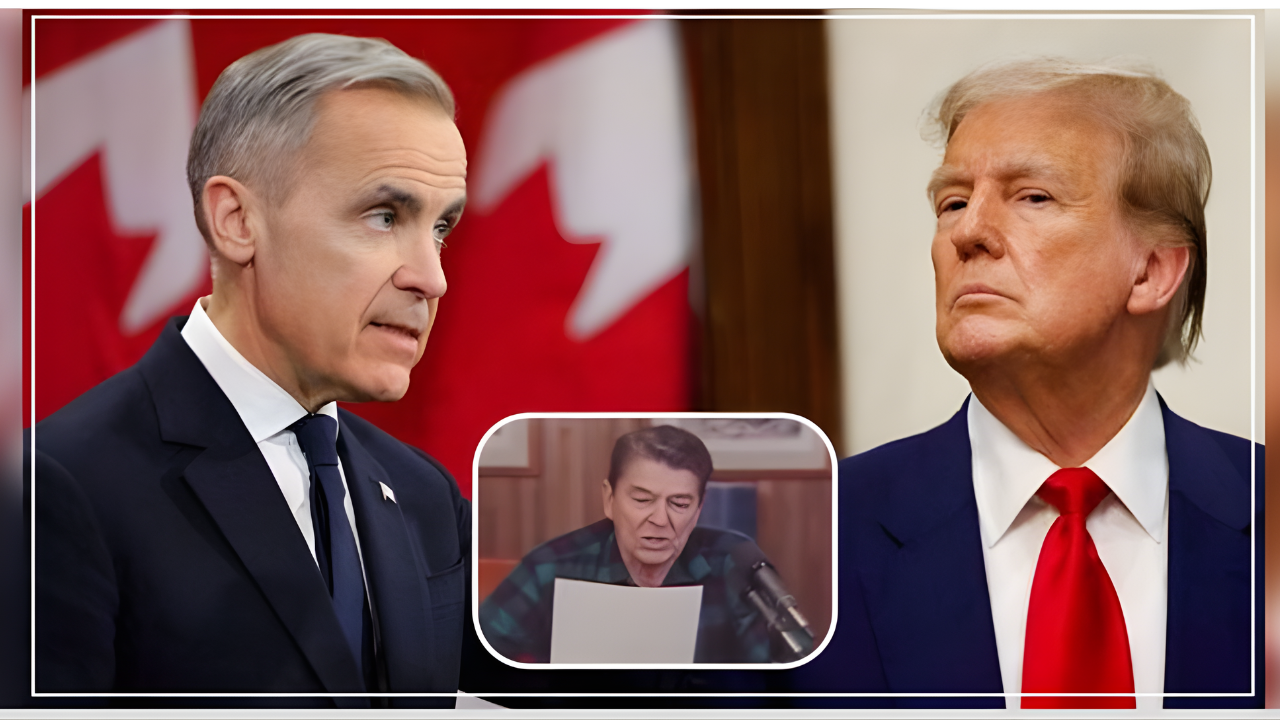
The ad that stirred a hornets nest, and made Canadian PM Carney say sorry to Trump
Canadian PM Mark Carney apologizes to US President Trump after a tariff-related ad causes diplomatic

Bengaluru-Mumbai Superfast Train Approved After 30-Year Wait
Railways approves new superfast train connecting Bengaluru and Mumbai, ending a 30-year demand, easi